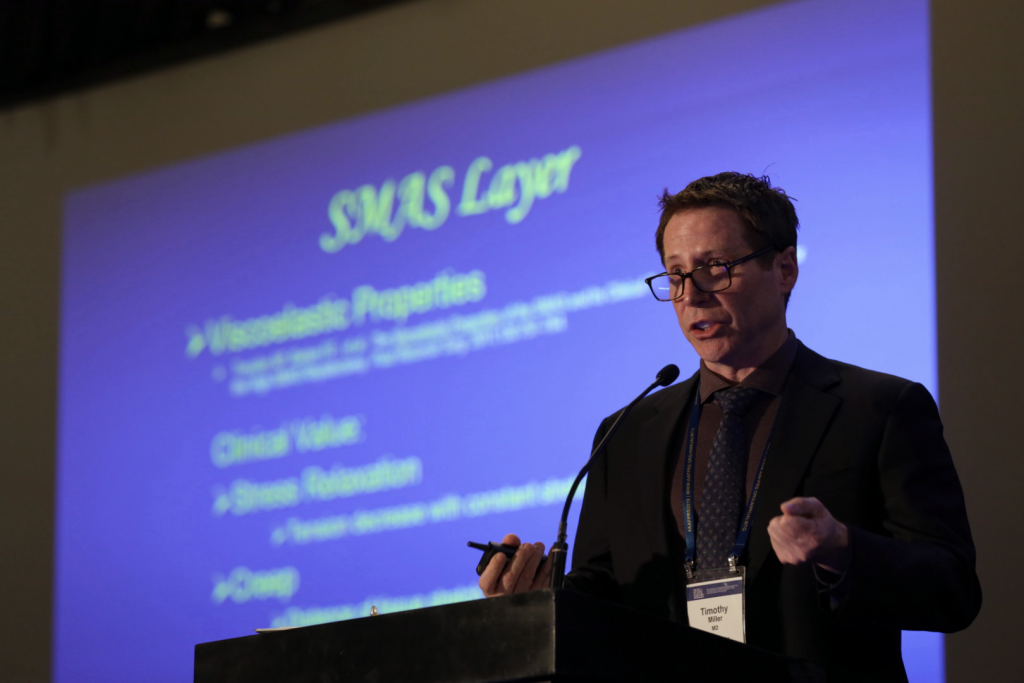
If you are like most patients and have come to the realization that, in order to improve the laxity and sag in the lower part of your face some sort of surgical “lift” is needed; then you’re probably confused and quite possibly overwhelmed with all the choices. I truly consider the following information invaluable in helping you choose the right surgical “facelift” for you, because after reading this Blog you’ll ask the right questions of your surgeon and, just as important, of the proposed lifting procedure.
Fundamental to any facelift, using modern day techniques, involves moving, tightening, or re-positioning a layer of tissue located underneath the skin called the SMAS (said like SMASS). The term SMAS is an abbreviation for the official medical term Superficial Musculo-Aponeurosis System. It is often referred to as “the Muscle layer.” The Bottom line here is that any lift you choose should be more than the removal of loose skin. The removal of skin is only one of many steps required in a modern-day facelift. Why is this so?
Only a few decades ago, facelifts were skin only removal procedures, but these facelifts did not last long (weeks) and the results of these lifts were often not natural. To improve results and longevity, surgeons devoted time and research and found that by tightening the underlying SMAS layer (“Muscle layer”) the results were better and lasted longer.
These “second generation” techniques, popularized in the 1970s and early 80s, tightened the SMAS layer by grabbing the SMAS with sutures and pulling the layer back, the official medical term for this is plication (Ply-K-shun). Although these techniques were an improvement, the tension created by pulling eventually released (much like a rubber band snapping back) and laxity recurred months later, unfortunately patients were commonly left with secondary problems such as pulled down ear lobes and visible scars to name a few.
In order to improve the longevity of these plication facelifts, surgeons would pull harder, or pull in a different direction, or use intricate suturing patterns, such the purse-string suture pattern seen in the MACS facelifts. Despite these changes, the revision rate was still very high (50% in some techniques) leaving patients unsatisfied and with the secondary problems mentioned before. Despite these issues, plication facelifts continue to be performed and are heavily marketed to patients, especially on infomercials with attractive, stylish and catchy names.
The Bottom line here is that plication facelifts are NOT surgical or medical breakthroughs and are, in reality, older techniques. They maintain their popularity because they are quick to perform (1-2 hours) and do not require years of surgical training to perfect, so many non-board-certified facial plastic surgeons are performing them. However, more discriminating facial plastic surgeons were not satisfied with the results produced by plication facelifts, and as in other areas of medicine and surgery (e.g., cardiology, neurosurgery, orthopedic surgery, etc.) further studies and investigations developed better techniques with substantially better results.
The next advancement was removing a strip of SMAS and pulling the SMAS as in the plication facelifts. These lifts were often called SMAS-ectomy (ek-toe-me) facelifts and some offered improved results over plication facelifts but further advancements were made.
The renaissance in facelifting occurred when Deep Plane techniques were developed and perfected. The Deep Plane is a term used to describe the layer below the SMAS layer. But let’s review before we move forward. In terms of the layers we are dealing with in facelifting procedures there is the skin, then the SMAS layer and then the Deep plane. By addressing this deeper layer to the SMAS, that is the Deep plane, the SMAS layer can be freed. As a result, the SMAS layer can be re-positioned tension free and in more natural vectors and positions, thereby providing significantly improved outcomes and much longer lasting results. The High-SMAS lift is considered the gold-standard of Deep Plane facelifts and continuously provides the best results for facial rejuvenation. It is this technique that is presented at facial plastic surgery meetings and the one requiring substantial skill of the surgeon. It is my facelifting procedure of choice for facial rejuvenation.
Bottom line: Ask your surgeon if they perform a Deep Plane lift. Next, ask if they fully release the SMAS layer, most surgeons do not have the training or skill to do so, leaving their patients with results similar to plication facelifts. Lastly, the Deep plane techniques have stood the test of time and have been shown through peer-reviewed publications to offer the best and longest lasting facelifts.


